Why Does My Pee Smell Like Coffee?
.jpg) The smell of urine can vary from person to person, but sometimes it may have an unusual aroma, such as coffee. This can be concerning, but in most cases, it is nothing to worry about. In this article, we will explore the causes of why your pee may smell like coffee and what you can do about it.There are several reasons why your urine may smell like coffee, including:
The smell of urine can vary from person to person, but sometimes it may have an unusual aroma, such as coffee. This can be concerning, but in most cases, it is nothing to worry about. In this article, we will explore the causes of why your pee may smell like coffee and what you can do about it.There are several reasons why your urine may smell like coffee, including:
- Consuming Coffee: One of the most obvious reasons for your urine smelling like coffee is from consuming coffee. The compounds and chemicals in coffee can give your urine an odor similar to that of coffee.
- Dehydration: When you are dehydrated, your urine becomes more concentrated, which can give it a stronger odor. This can often smell like coffee.
- Certain Foods and Drinks: Certain foods and drinks, such as asparagus, garlic, and alcohol, can also give your urine a strong smell, similar to coffee.
- Urinary Tract Infection (UTI): A UTI is a bacterial infection in your urinary system and can cause your urine to have a strong, coffee-like odor.
- Liver or Kidney Disease: In rare cases, a coffee-like smell in your urine can be a sign of liver or kidney disease. These conditions can affect the way your body metabolizes certain compounds, leading to a coffee-like smell in your urine.
If your urine smells like coffee, it does not necessarily indicate a health problem. However, it is always best to consult a doctor if the smell persists or is accompanied by other symptoms.To get rid of the coffee-like smell in your urine, try these tips:
- Drink More Water: Staying hydrated can help dilute your urine and reduce the intensity of the smell.
- Limit Coffee Intake: If you notice that your urine smells like coffee after drinking it, try limiting your intake and see if the smell improves.
- Check for UTI: If you suspect a UTI, consult your doctor for a proper diagnosis and treatment.
- Seek Medical Attention: If the smell persists or is accompanied by other symptoms, it is important to seek medical attention to rule out any underlying conditions.
In most cases, the smell of coffee in your urine is not a cause for concern. However, if you are experiencing any other symptoms or the smell persists, it is always best to consult a doctor for proper diagnosis and treatment.
Key Takeaways:
Why Does My Pee Smell Like Coffee?
When you notice that your urine has a coffee-like smell, it can be puzzling and concerning. There are a few possible reasons for this unusual odor.One possibility is that you have recently consumed coffee or other foods or drinks with a strong coffee aroma. Coffee contains compounds that can be excreted in urine and cause it to have a similar smell.Another reason could be dehydration. When your body is dehydrated, the urine becomes more concentrated, and this can lead to a stronger odor, resembling coffee.Certain medical conditions can also cause your urine to have a coffee-like smell. For example, a urinary tract infection or liver disease can produce an unusual odor in urine.If you are concerned about the smell of your urine, it's always a good idea to consult with a healthcare professional to rule out any underlying medical conditions.In the late 18th century, there was a small village in France where the residents noticed that their urine had a distinct coffee-like scent. After careful investigation, it was discovered that the villagers had been unknowingly consuming a plant called asparagus, which had a similar aroma to coffee. This peculiar phenomenon became a subject of curiosity among scientists and led to further studies on the smell of urine. Today, we have a better understanding of the various factors that can contribute to different odors in urine, including the occasional coffee-like scent.
You May Also Like
- Why Mormons Can’t Drink Coffee?
- What Plants Don’t Like Coffee Grounds?
- How Much Coffee Do You Need for 12 Cups?
What Causes Urine to Smell Like Coffee?
Have you ever noticed a distinct coffee-like smell in your urine? This may seem unusual, but it is actually quite common and can be caused by a variety of factors. In this section, we will explore the potential causes of urine smelling like coffee. From the obvious culprit of consuming coffee to more serious underlying issues like liver or kidney disease, we'll uncover the reasons behind this unique scent and what it could mean for your health.
1. Consuming Coffee
Consuming coffee is one of the potential causes for coffee-smelling urine. To address this issue, here are some steps you can take:
- Drink plenty of water: Staying hydrated can help dilute the compounds responsible for the coffee-like smell in your urine.
- Limit coffee intake: If you notice a strong coffee smell in your urine, reducing your coffee consumption may help mitigate the odor.
- Check for urinary tract infection (UTI): In some cases, a UTI can cause changes in urine odor. If the coffee smell persists or is accompanied by other symptoms, it's important to get tested for a UTI.
- Seek medical attention: If the coffee smell in your urine persists despite making lifestyle changes, it's advisable to consult a healthcare professional. They can help determine the underlying cause and recommend appropriate treatment if needed.
Remember, while the smell of coffee in urine after consuming coffee is generally harmless, it's always important to pay attention to changes in urine odor and seek medical advice if there are any concerns.
2. Dehydration
When your urine has a coffee-like smell, it may be a sign of dehydration. Dehydration can cause the urine to become more concentrated, resulting in a stronger odor. To address this issue, follow these steps:
- Drink more water: Increase your water intake to stay properly hydrated and dilute your urine. Aim for at least 8 glasses of water per day.
- Avoid excessive coffee consumption: Coffee is a diuretic and can contribute to dehydration. Limit your coffee intake to reduce the coffee-like smell in your urine.
- Check for a urinary tract infection (UTI): UTIs can also cause changes in urine odor. If you experience other symptoms such as pain or burning during urination, consult a healthcare professional for proper diagnosis and treatment.
- Seek medical attention: If the smell persists or is accompanied by other concerning symptoms, it's important to consult a healthcare professional for further evaluation and guidance.
By following these steps, you can help alleviate the coffee-like smell in your urine and ensure proper hydration.
3. Certain Foods and Drinks
Certain foods and drinks can cause urine to have a coffee-like smell. This is because certain compounds present in these items can be metabolized by the body and excreted in urine, resulting in a distinct odor similar to coffee.
- Asparagus: After consuming asparagus, some individuals may notice a strong odor in their urine, resembling the smell of coffee.
- Coffee: Drinking coffee can also lead to urine having a coffee-like smell. This is due to the presence of compounds in coffee that can be excreted in urine.
- Medications: Certain medications, such as antibiotics or vitamins, may also cause urine to have an unusual odor, including a coffee-like scent.
- Spices: Some spices, like fenugreek or curry, can give urine a strong smell that may resemble coffee.
- Dehydration: When the body is dehydrated, urine can become concentrated and develop a stronger odor, similar to coffee.
It is important to note that while a coffee-like smell in urine can be caused by certain foods and drinks, it can also be a sign of an underlying medical condition. If you are concerned about the smell of your urine, it is recommended to consult a healthcare professional for a proper diagnosis.
4. Urinary Tract Infection
A urinary tract infection (UTI) can cause urine to have a coffee-like smell due to the presence of bacteria in the urinary system. If you suspect a UTI, it is crucial to seek medical attention for proper diagnosis and treatment.Here are the necessary steps to take if you suspect a UTI:
- Drink plenty of water to flush out bacteria from the urinary tract.
- Contact your healthcare provider to schedule a urinalysis and urine culture to confirm the presence of a UTI.
- If diagnosed with a UTI, follow your healthcare provider's prescribed treatment plan, which may include antibiotics.
- Take all prescribed medications as directed, even if symptoms improve before completing the full course of treatment.
Fact: UTIs are more common in women than in men, and certain factors such as sexual activity, pregnancy, menopause, and the use of certain types of birth control can increase the risk of developing a UTI.
5. Liver or Kidney Disease
Liver or kidney disease can potentially cause urine to have a strong coffee-like smell. If you notice this odor in your urine, it is important to seek medical attention for a proper diagnosis and treatment.Here are some steps to consider:
- Consult a healthcare professional: Schedule an appointment with a doctor or specialist to discuss your symptoms and undergo necessary tests.
- Get a proper diagnosis: The doctor will review your medical history, perform a physical examination, and order blood and urine tests to determine if liver or kidney disease is the underlying cause.
- Follow recommended treatment: If liver or kidney disease is diagnosed, your doctor will create a treatment plan based on the specific condition. This may include medication, lifestyle changes, or surgery.
- Monitor your symptoms: Keep track of any changes in urine odor, color, or frequency, and report them to your healthcare provider.
- Adopt a healthy lifestyle: Follow a balanced diet, maintain regular physical activity, and stay hydrated to support overall liver and kidney health.
Remember, early detection and treatment are crucial for effectively managing liver or kidney disease. For more information on why does my pee smell like coffee, you can visit this reputable source.
Is Smelling Like Coffee in Urine Normal?
Experiencing a coffee-like smell in urine is not considered normal and may be an indication of an underlying health issue or dietary factor. The distinct odor of coffee is due to its chemical composition, and if this odor is present in urine, it could be a sign of certain conditions.One possible cause is a urinary tract infection (UTI), which can produce a strong, coffee-like smell. Another potential cause is a rare genetic disorder called maple syrup urine disease (MSUD), where the body is unable to break down certain amino acids, resulting in urine that smells like coffee or maple syrup.Additionally, certain foods and beverages, such as asparagus or certain medications, can also affect the odor of urine. If you consistently notice a coffee-like smell in your urine, it is recommended to consult a healthcare professional to determine the underlying cause and receive appropriate treatment if necessary.
How to Get Rid of the Smell?
Dealing with a strange urine odor can be quite alarming and may leave you wondering, “Why does my pee smell like coffee?” While the scent may be strong and unpleasant, it is often a sign of something easily remedied. In this section, we will discuss various ways to get rid of the coffee-like smell in your urine. From simple lifestyle changes to seeking medical attention, we will cover all the possible solutions to help you solve this issue.
1. Drink More Water
If you notice your urine has a coffee-like smell, one simple solution is to increase your water intake. Staying hydrated is crucial for maintaining proper urine odor and overall health. Here are some steps you can take to increase your water intake:
- Evaluate your water consumption: Make sure you are drinking enough water throughout the day.
- Set reminders: Use a phone app or set alarms to prompt yourself to drink water at regular intervals.
- Carry a water bottle: Keep a reusable water bottle with you at all times to encourage hydration.
- Add some flavor: If you find plain water unappealing, try adding slices of lemon, cucumber, or mint to enhance the taste.
- Track your progress: Use a water tracking app or journal to monitor your water intake and ensure you are meeting your daily goals.
Pro-tip: Keep a reusable water bottle on your desk or in your bag as a visual reminder to drink more water throughout the day!
2. Limit Coffee Intake
Reducing coffee intake can be beneficial in reducing the strong smell of coffee in urine. Here are some steps to help limit your coffee consumption:
- Gradually decrease consumption: Begin by decreasing the number of cups of coffee you drink each day. For example, if you currently consume four cups, aim to gradually decrease it to three, then two, and so on.
- Replace with alternatives: Substitute coffee with other beverages like herbal tea, green tea, or water infused with fruits or herbs for added flavor.
- Try decaffeinated coffee: If you enjoy the taste of coffee but want to cut back on caffeine, opt for decaffeinated versions. This can help reduce the intensity of the coffee smell in urine.
- Set a daily limit: Establish a maximum amount of coffee you will consume each day, and stick to it. This can help control the odor and minimize the impact on your urine.
- Seek alternatives for energy: If you rely on coffee for an energy boost, explore alternative ways to stay energized, such as regular exercise, adequate sleep, and a balanced diet.
3. Check for UTI
If you notice a coffee-like odor in your urine, it may be a sign of a urinary tract infection (UTI). It is important to check for a UTI in order to determine the cause of the odor and seek proper medical treatment.Here are the steps to follow when checking for a UTI:
- Observe symptoms: Pay attention to any other symptoms that may accompany the coffee-like odor, such as frequent urination, a burning sensation, or cloudy urine.
- Collect a sample: Use a clean container to collect a sample of your urine for testing.
- Schedule an appointment: Make an appointment with a healthcare provider to discuss your symptoms and provide the urine sample for analysis.
- Urine analysis: The urine sample will be tested for the presence of bacteria, white blood cells, and other signs of infection.
- Follow medical advice: If the test confirms a UTI, your healthcare provider will prescribe appropriate antibiotics and recommend measures to prevent future infections.
Fact: UTIs are more common in women than in men, with approximately 50-60% of women experiencing at least one UTI in their lifetime.
4. Seek Medical Attention
If you notice that your urine consistently smells like coffee, it is crucial to seek medical attention in order to identify the underlying cause. Here are the steps you should take:
- Make an appointment with your healthcare provider to discuss your symptoms and concerns.
- Be prepared to provide detailed information about your coffee consumption, fluid intake, and any other accompanying symptoms.
- Your healthcare provider may order urine tests to check for any abnormalities or signs of infection.
- Based on the results, further diagnostic tests may be conducted, such as blood tests or imaging studies, to rule out any potential underlying medical conditions.
- Follow your healthcare provider's recommendations for treatment, which may include lifestyle changes, medication, or additional tests.
Pro-tip: It is important to not self-diagnose or ignore persistent changes in urine odor, as it could be a sign of a more serious underlying medical issue. Seeking medical attention will help determine the cause and provide appropriate treatment if necessary.
Frequently Asked Questions
Why does my pee smell like coffee?
There are several reasons why your urine may have a coffee-like smell. One primary reason is the presence of metabolites from coffee compounds in the body. These compounds, such as hydroxycinnamic acids, give coffee its signature smell. When they are broken down in the body, they become waste products that are released in urine, causing it to smell like coffee.
Is it normal for urine to smell like coffee?
In most cases, having urine that smells like coffee is not a cause for concern and is considered normal. It could simply be a result of consuming a certain amount of coffee, which is then secreted in urine. However, if the smell is accompanied by other symptoms such as rapid heart rate, chest pain, or restlessness, it is advisable to consult a doctor.
How much coffee is safe to drink to avoid urine smelling like coffee?
The Mayo Clinic recommends limiting caffeine intake to 400 milligrams per day to avoid negative health effects and maintain hydration. This is equivalent to about four cups of brewed coffee or six cups of black tea. It is also advised to dilute your coffee with extra water and to drink plenty of water throughout the day to prevent the coffee smell in urine.
Can drinking too much coffee lead to urine smelling like coffee?
Yes, consuming excessive amounts of coffee can lead to urine that smells like coffee. This is because caffeine, a compound found in coffee, is a diuretic that can cause dehydration and result in more concentrated urine. It can also prevent the resorption of sodium ions, which can make the urine smell stronger. It is recommended to limit caffeine intake and switch to alternatives like green or black tea to avoid this issue.
Is caffeine addictive and can it affect sleep?
Yes, caffeine is addictive and can have negative effects on sleep. It is advised to avoid drinking coffee within six hours before bedtime to prevent difficulties falling asleep. Caffeine is a stimulant that can cause restlessness, rapid heart rate, anxiety, headaches, and nausea. Overdosing on caffeine can also lead to more severe symptoms, such as vomiting, chest pain, confusion, and convulsions.
Can drinking too much coffee harm my gastrointestinal tract?
While moderate coffee consumption is generally considered safe for most individuals, excessive amounts can have negative effects on the gastrointestinal tract. Caffeine can cause irritation and inflammation of the stomach lining, leading to discomfort and digestive issues. It is advised to listen to your body and lay off coffee if you experience any unpleasant symptoms related to your gastrointestinal tract.
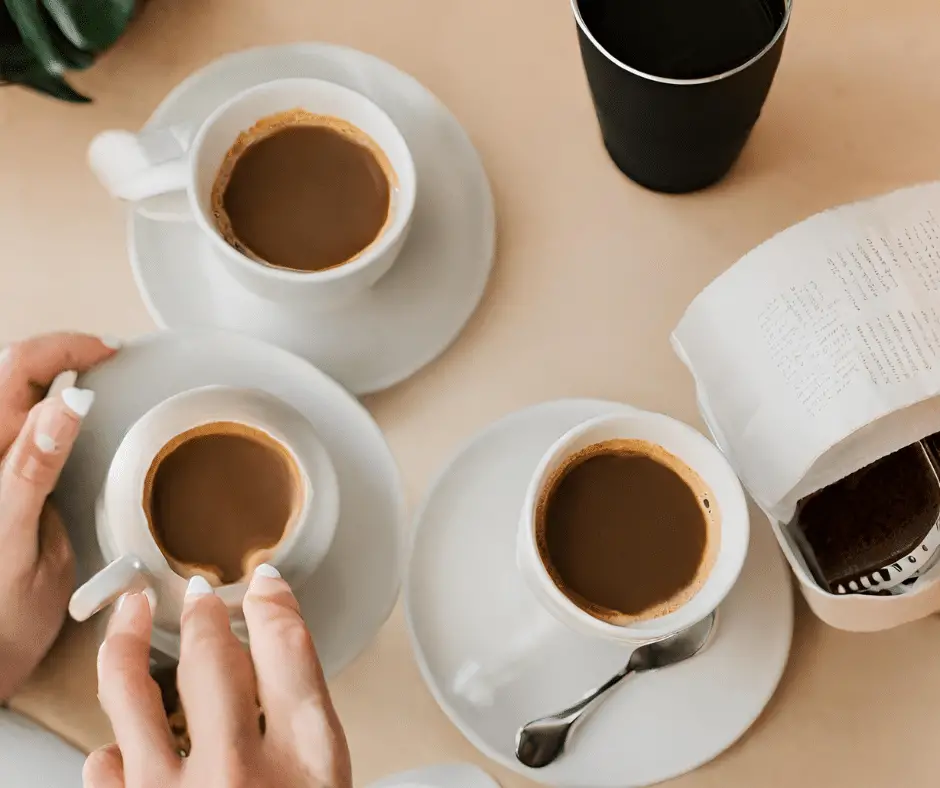
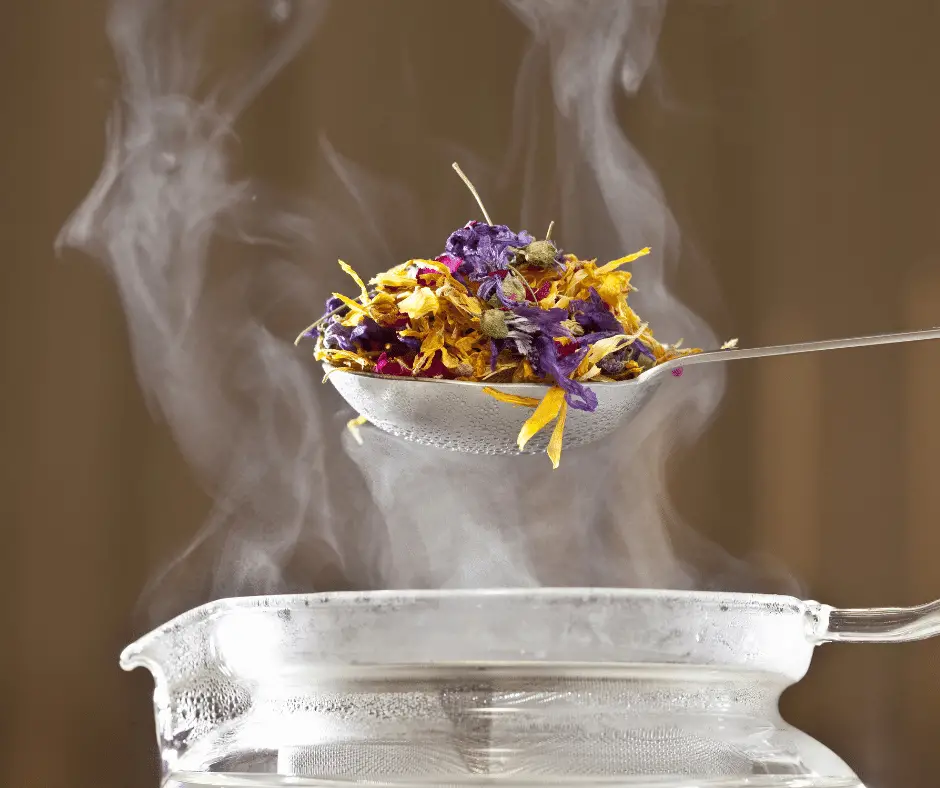
.jpg)

.jpg)
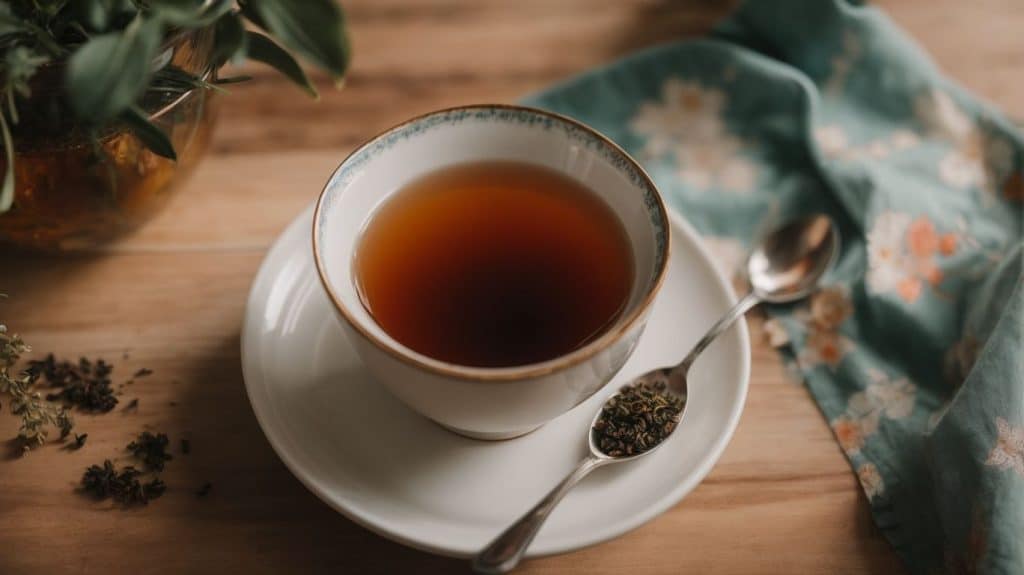
.jpg)
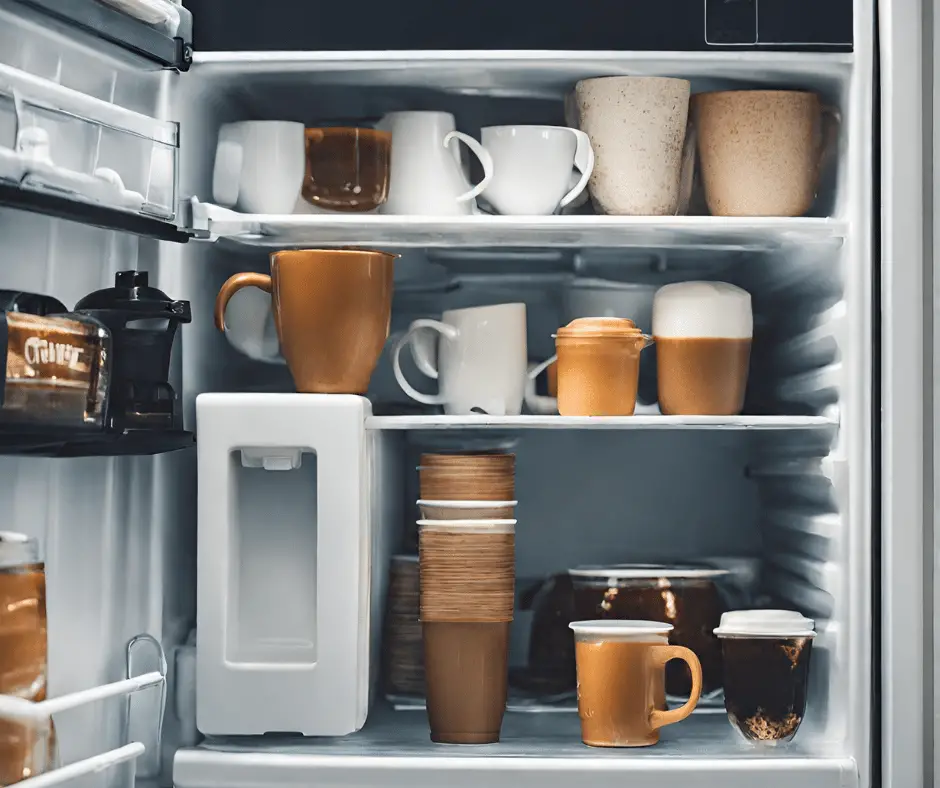


.jpg) Mormonism, also known as the Church of Jesus Christ of Latter-Day Saints, is a religious faith that holds certain unique beliefs and practices. One aspect of the Mormon lifestyle that often raises curiosity is their dietary restrictions. This article delves into the religious, health, and cultural reasons behind the prohibition of coffee in the Mormon faith.
Mormonism, also known as the Church of Jesus Christ of Latter-Day Saints, is a religious faith that holds certain unique beliefs and practices. One aspect of the Mormon lifestyle that often raises curiosity is their dietary restrictions. This article delves into the religious, health, and cultural reasons behind the prohibition of coffee in the Mormon faith.
.jpg)
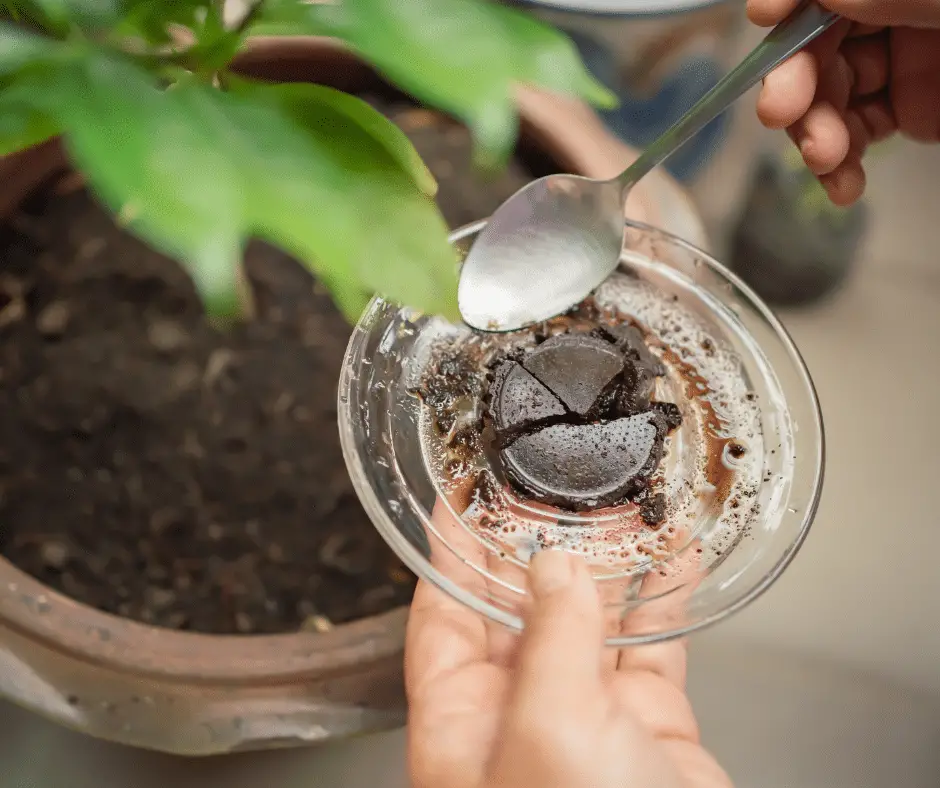
.jpg)
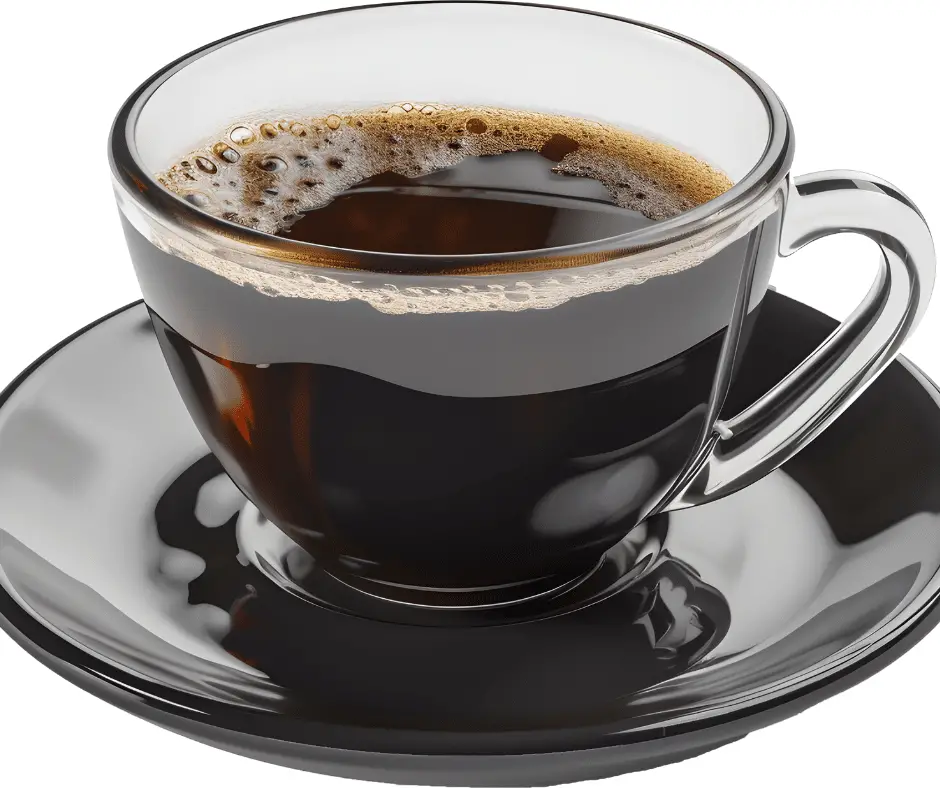
.jpg)